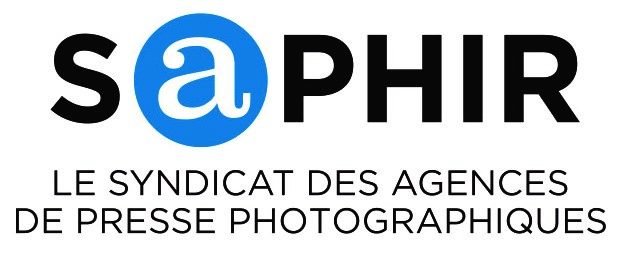
Exhibitions
Exhibitions are taking place from August 29 to September 13, 2015. Admission free of charge. Every day from 10am to 8pm.
The exhibitions remain open for school groups (by appointment) from Sept. 14 to 18. 10,000 students from across France as well as Spain visited the exhibitions last year.
These are some of this year’s exhibitions have a look at all the exhibitions on the whole program linked below:
-
Mohamed Abdiwahab (AFP) – Somalia: The exhibition shows the experience of the people of Somalia, a life shattered by attacks and rival gangs, where violence is part of everyday life – car bomb attacks and smoking wrecks, buildings in ruins – the stories of his reports.
- Lynsey Addario (Getty Images) – Syrian Refugees in the Middle East: For three years, Lynsey Addario chronicled the plight of Syriansfleeing the civil war which is now in its fifth year, reporting for The New York Times and the United Nations.
ns. According to the UN High Commissioner for Refugees, some four million people have fled Syria since the beginning of the war and another five million are internally displaced.
- Arnaud Baumann (Sipa Press) & Xavier Lamboours (Signatures) – Inside Hara-Kiri The Founding Fathers of Charlie Hebdo:In 1975, two young photographers set off to explore what was happening behind the scenes at France’s satirical magazine Hara-Kiri. Arnaud Baumann and Xavier Lambours followed the editorial team and the many fascinating figures in the entourage of the two leading personalities, Professor Choron and François Cavanna, who founded the first Charlie Hebdo. The duo, nicknamed Lambau, recorded birthday celebrations, practical jokes, and editorial meetings, and took portrait shots of such brilliant provocateurs as Gébé, Wolinski, Cabu, Willem and Reiser. It was the heyday for outrageous and challenging journalism enjoying true freedom of expression
-
Daniel Berehulak (Getty Images) – The Ebola Epidemic: The Ebola epidemic in West Africa has been the largest outbreak of the virus ever recorded, claiming more than 10,000 lives. These images, made over four months in Liberia, Guinea and Sierra Leone, on assignment for The New York Times, chronicle the impact of the crisis: overwhelmed health workers, teeming treatment facilities, families and communities torn apart. They also attempt to capture less visible effects, such as the anxiety of living under quarantine, and the anguish of families who, for fear of contagion, could not provide their loved ones with proper burials. Above all, the photographs are a testament to the humanity of Ebola’s victims, and to the resilience of the health workers and civilians who struggled to care for them








